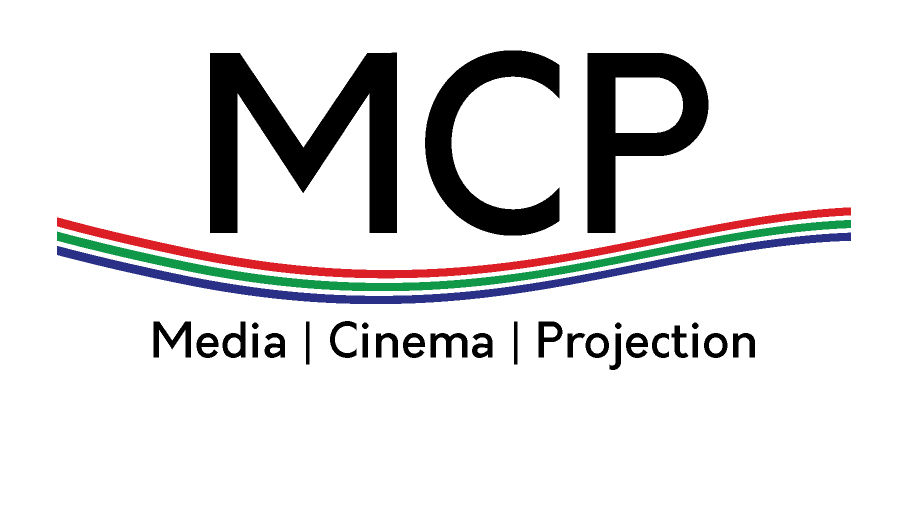Carnival Cruise Line has integrated AV Stumpfl’s PIXERA media server platform on four of its cruise ships, with plans for further installations to enhance on-board entertainment. The decision was driven by PIXERA’s high-performance video playback and hardware-agnostic approach, allowing Carnival to utilize custom-built servers across its fleet. The platform’s ease of deployment, advanced tracking capabilities, and seamless integration with third-party protocols have been praised by Carnival’s entertainment technical fleet supervisor, Grant Kruger, who highlights PIXERA’s role in elevating the cruise line’s LED content experiences and future-proofing its show-control infrastructure.
—
Carnival Cruise Line, the world’s leading cruise company, has adopted AV Stumpfl’s PIXERA media server platform to power visual content in its on-board entertainment spaces. Four of Carnival’s 29-strong fleet of cruise ships are currently using PIXERA, with more scheduled to come online in the coming months as part of a broader strategy to upgrade and future-proof the cruise line’s video and show-control infrastructure.
“We discovered PIXERA is the ideal solution to meet our needs,” explains Grant Kruger, entertainment technical fleet supervisor – lighting for Carnival Cruise Line. “It delivers high-performance video playback, ensuring a consistent and polished show experience that can be reliably repeated for many years.”
The four ships running PIXERA include Carnival’s newest vessels, the Carnival Encounter and Carnival Adventure, which made their maiden voyages from Brisbane and Sydney respectively in March 2025. On the upgraded ships, patrons can experience PIXERA powering LED content in a variety of on-board venues, from main theatres and internal lounges to smaller entertainment spaces such as comedy clubs.
A long-time user of other media servers, Carnival was drawn to PIXERA in part for its hardware-agnostic approach. “One of the main reasons PIXERA sets itself aside compared to other media server brands is you can own your own hardware,” says Kruger. “PIXERA provides us with the flexibility to utilise our own custom-built servers, which is essential to our workflow. We currently manage the full technical operations in-house across 29 cruise ships – everything from fixture maintenance to media servers.”
Running on Carnival’s in-house machines, the PIXERA software also meets the cruise line’s requirements for advanced tracking and automation, continues Kruger, who highlights PIXERA’s seamless integration with the most important third-party protocols: “There aren’t a whole lot of media servers that do PSN [PosiStageNet] and Notch. We have automation systems that send PSN data to our media servers, so we need real-time tracking – which PIXERA does effortlessly.”
Kruger also highlights PIXERA’s ease of deployment as being a key advantage of the platform – a particularly important factor for the time-critical period when Carnival’s ships are in drydock for maintenance. “We had the system up and running – show playback ready – within three days on both vessels [the Encounter and Adventure],” he recalls, with the Carnival team able to copy and adapt project folders from one ship to the next with minimal reprogramming, thanks to PIXERA’s flexible show management and timeline tools. “We were able to build everything on one ship and just walk over to the other one and deploy it instantly. That was really great.”
David Horner of VC Live Ltd, lighting director/programmer on the upgrade project, additionally highlights PIXERA’s intuitive user interface, free offline software for pre-programming and show review, compatibility with multiple encoded formats, and ability to create custom user interfaces – as well its ease of integration with lighting consoles and ability to create custom lighting desk personalities – as major advantages over less feature-rich media servers.
The cruise ship environment brings its own unique challenges to media server deployment, from power and networking quirks to tight timelines for integration. But PIXERA’s adaptability – along with support from AV Stumpfl – helped smooth the process, according to Kruger. “We did have one or two hiccups on one of our ships,” he explains. “But by just submitting a support ticket and the PIXERA team sending over the support package, we were able to get the solution really quickly.” Overall, he adds, “the stability has been exceptional – we’ve had no issues with performance inconsistencies or bugs” since integration.
Carnival expects to sail more than 500,000 guests from its Australian home ports alone in 2025 – and as the cruise line expands so too will its adoption of PIXERA technology. “PIXERA,” Kruger concludes, “gives us the control, flexibility and support we need to keep pushing the boundaries of what’s possible with LED content at sea.”
Source: Press Release
